Unlocking the Secrets of Similar Polygons: Shape, Size, and Proportions!
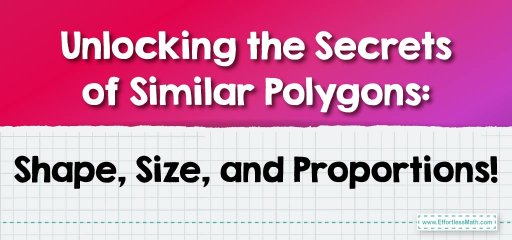
- Angles: Every corresponding angle in one polygon must be congruent to its counterpart in the other polygon.
- Sides: The lengths of corresponding sides of the polygons must be in the same ratio.
Examples
Practice Questions:
- Quadrilaterals \(MNPQ\) and \(RSTU\) have sides measuring \(2 \text{ cm}\), \(3 \text{ cm}\), \(4 \text{ cm}\), \(6 \text{ cm}\) and \(4 \text{ cm}\), \(6 \text{ cm}\), \(8 \text{ cm}\), \(12 \text{ cm}\) respectively. Are they similar?
- Two triangles \(GHI\) and \(JKL\) have angles measuring \(45^\circ\), \(45^\circ\), and \(90^\circ\) for both. If \(GH = 7 \text{ cm}\), \(HI = 10 \text{ cm}\) and \(JK = 14 \text{ cm}\), \(KL = 20 \text{ cm}\), are they similar?
- Yes, they are similar.
- Yes, they are similar.
Original price was: $109.99.$54.99Current price is: $54.99.
Original price was: $109.99.$54.99Current price is: $54.99.
Original price was: $114.99.$54.99Current price is: $54.99.
Related to This Article
More math articles
- FREE 5th Grade PARCC Math Practice Test
- How to Match Word Problems with the One-Step Equations?
- Bеѕt Digital Pеn Tablet fоr Onlinе Mаth Teaching in 2026
- Ratio, Proportion and Percentages Puzzle – Challenge 28
- Deciphering Chance: A Comprehensive Guide to Mutually Exclusive Events in Probability
- 10 Most Common ALEKS Math Questions
- How to Find Powers and Roots of Complex Numbers
- Top 10 6th Grade PSSA Math Practice Questions
- Top 10 Trigonometry Books: A Comprehensive Guide for Students and Teachers (Our 2026 Favorite Picks)
- 8th Grade KAP Math Worksheets: FREE & Printable

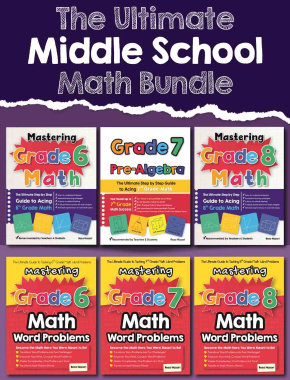
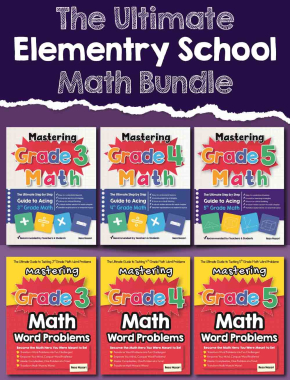


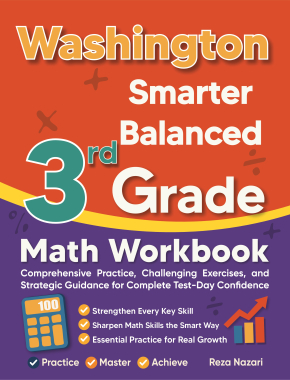


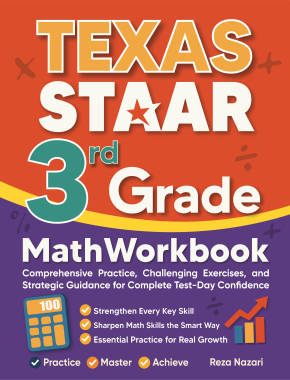
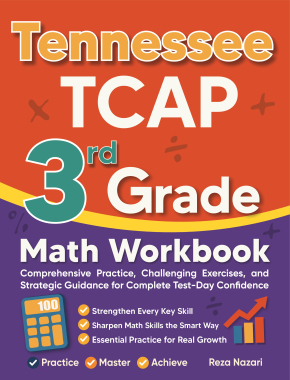
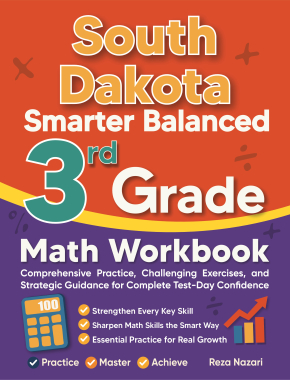
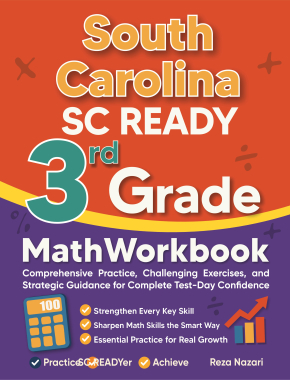
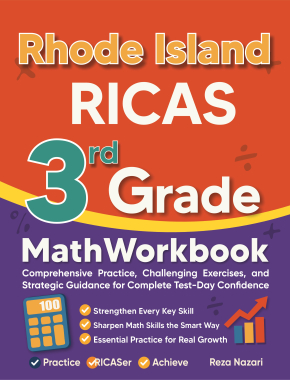

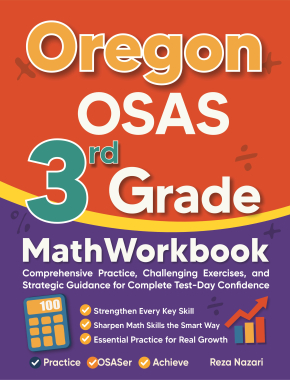
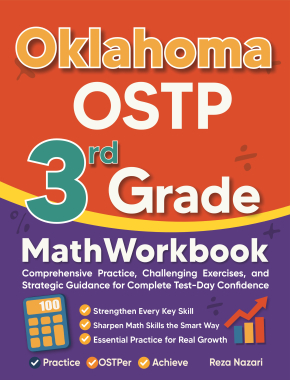
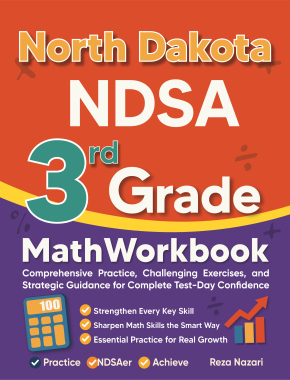








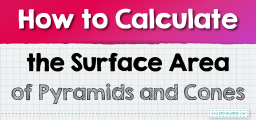
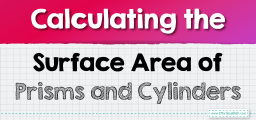
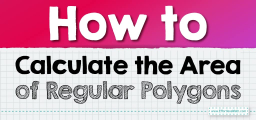
What people say about "Unlocking the Secrets of Similar Polygons: Shape, Size, and Proportions! - Effortless Math: We Help Students Learn to LOVE Mathematics"?
No one replied yet.